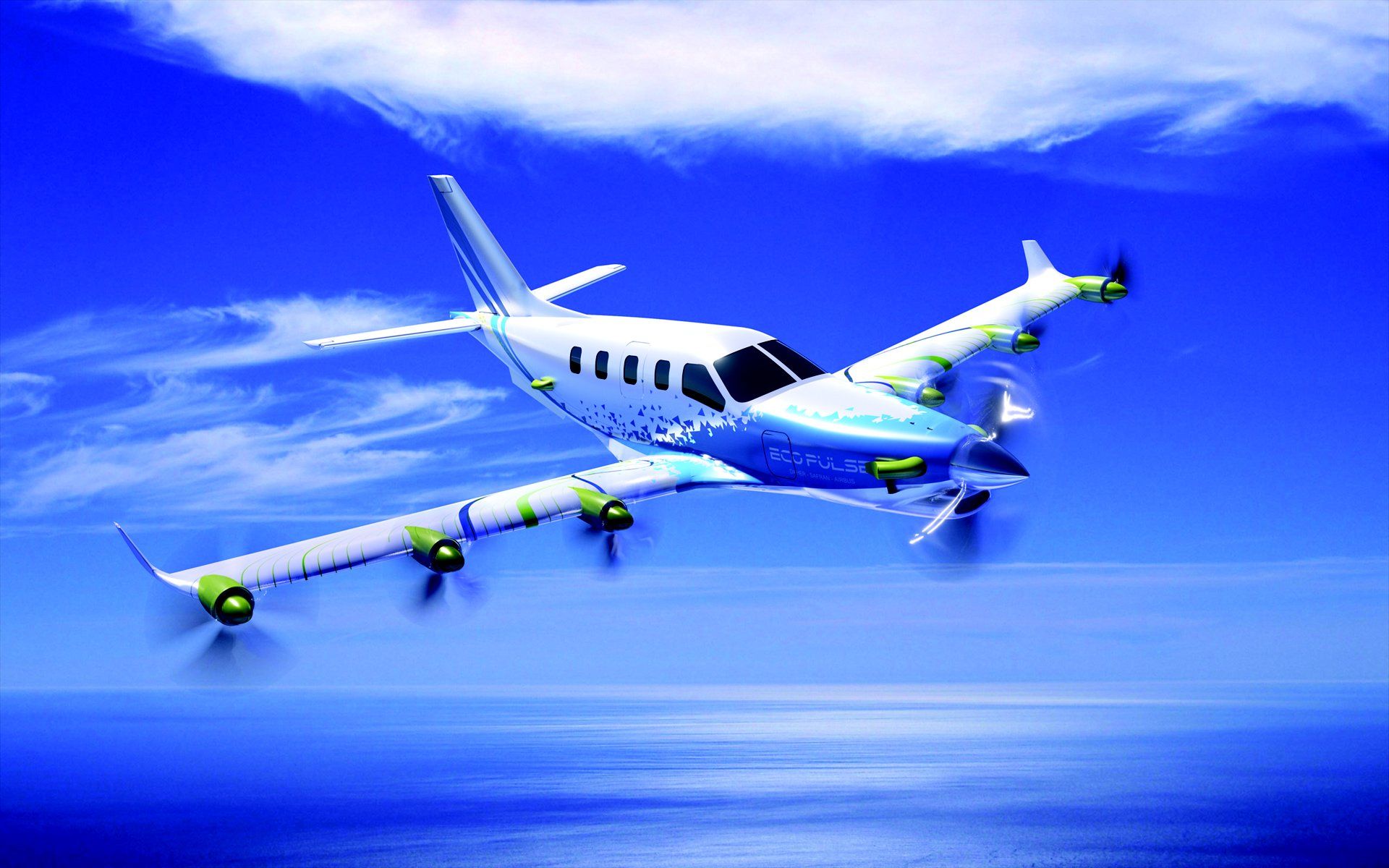Daher, Airbus and Safran announced they are teaming up to develop a “hybrid-propulsion” aircraft to fly in 2022. Based on a TBM airframe still fitted with a Pratt & Whitney PT6A turboprop, the video produced by Daher reveals six electric motors mounted to the leading edge of the wing.
Safran is responsible for the electric propulsion system including motors, while Airbus will handle the aerodynamic integrations and installation of batteries and control systems into what appears to be an otherwise conventional TBM airframe. In the video, the aircraft is shown with the turbine shut down and the prop feathered, presumably to demonstrate that it can cruise on electric power only. In various iterations of the hybrid-aircraft concept, larger, fuel-burning engines would be used when maximum power was needed (on takeoff, initial climb and go-around) and the electric propulsion would be used for low-power demands such as cruise or descent.
According to Airbus, “This project, kick-started by CORAC (the French Civil Aviation Research Council) with support from DGAC (the French Civil Aviation Authority), will develop technologies that boost the environmental efficiency of aircraft and meet the future needs of the air travel industry. The aviation industry as a whole is committed to the development of cleaner aviation. The purpose of this three-way collaboration is to validate technologies designed to reduce CO2 emissions, noise pollution, and create new uses for air transportation.”
“Reducing the environmental impact of aircraft is a priority for the industry as a whole. So it is with enthusiasm and determination that we welcome the opportunity to be part of this unique partnership alongside Airbus and Safran to succeed in the ambitious challenge set by CORAC. We are determined to make it a distinctive feature of the French aviation industry, and are certain that all stakeholders will unite around it,” said Nicolas Orance, SVP Aerospace and Defense BU at Daher.
Safran’s EcoPulse propulsion system is made up of a “turbogenerator (a combined turbine and power generator), an electric power management system and integrated electric thrusters (or e-Propellers) including electric motors and propellers,” according to the consortium. The thrusters will be integrated into the wing and will “provide propulsion thrust, at the same time as delivering aerodynamic gains (reducing wing surface area and wingtip marginal vortices, and therefore drag),” according to the release.
“Safran has developed a technology roadmap for the installation of electric thrusters on aircraft. EcoPulseM offers us an excellent opportunity to evaluate and identify the specific features expected by this market, particularly in terms of new hybrid propulsion aircraft projects. Safran intends to position itself as the market leader in this type of propulsion system by 2025,” said Stéphane Cueille, Head of R&T and Innovation at Safran.
“This distributed hybrid propulsion demonstrator is a very important step towards preparing the certification standards for a more electric aircraft. It also gives us the opportunity to improve our simulation models and consider their use on larger aircraft,” said Jean-Brice Dumont, executive vice president of engineering at Airbus.




































This is the way to go, using electric power to boost take-off, climb, and go-around power, leaving the rest to a reliable conventional powerplant, with, or without, an attached generator, depending on the kind of use envisioned.
At some point I hope someone will point out that “electric” does not improve range, performance, payload, lower costs or speed.